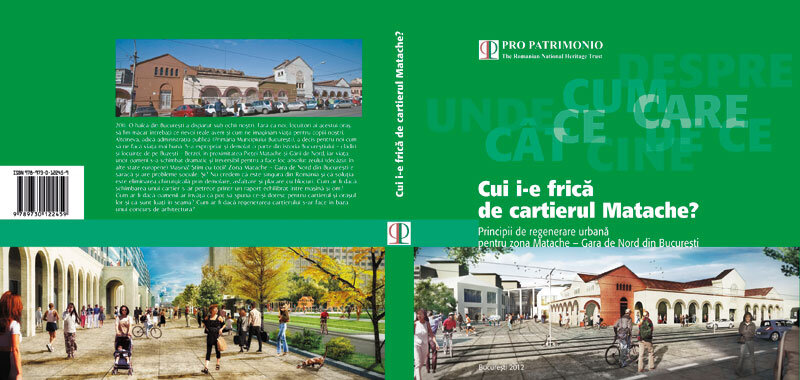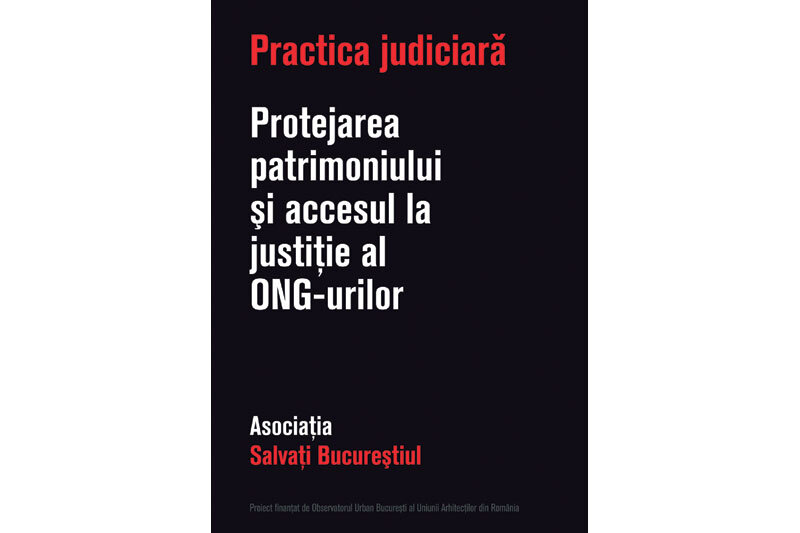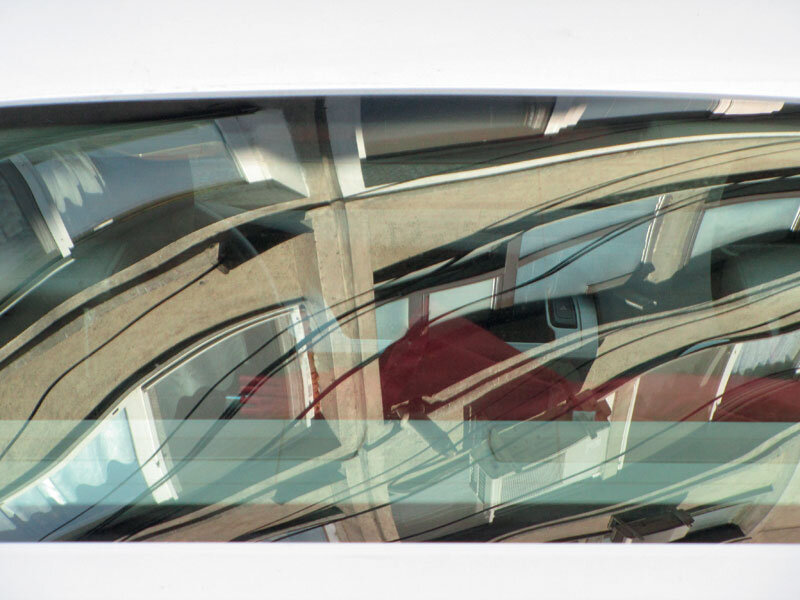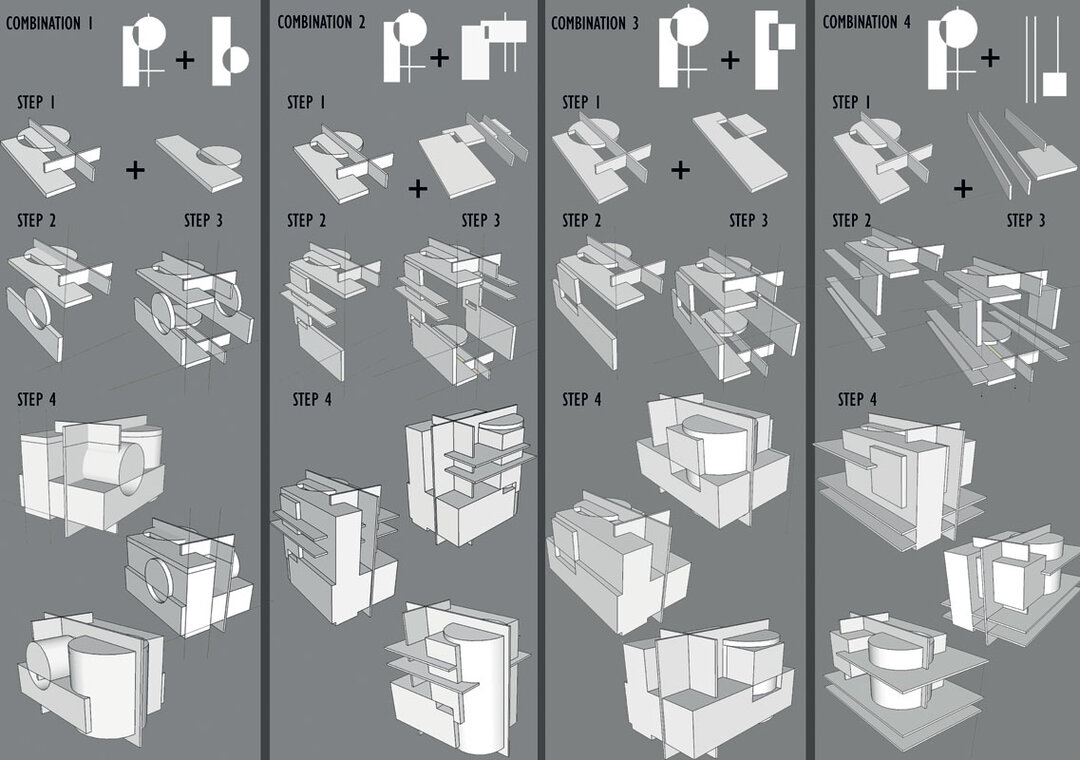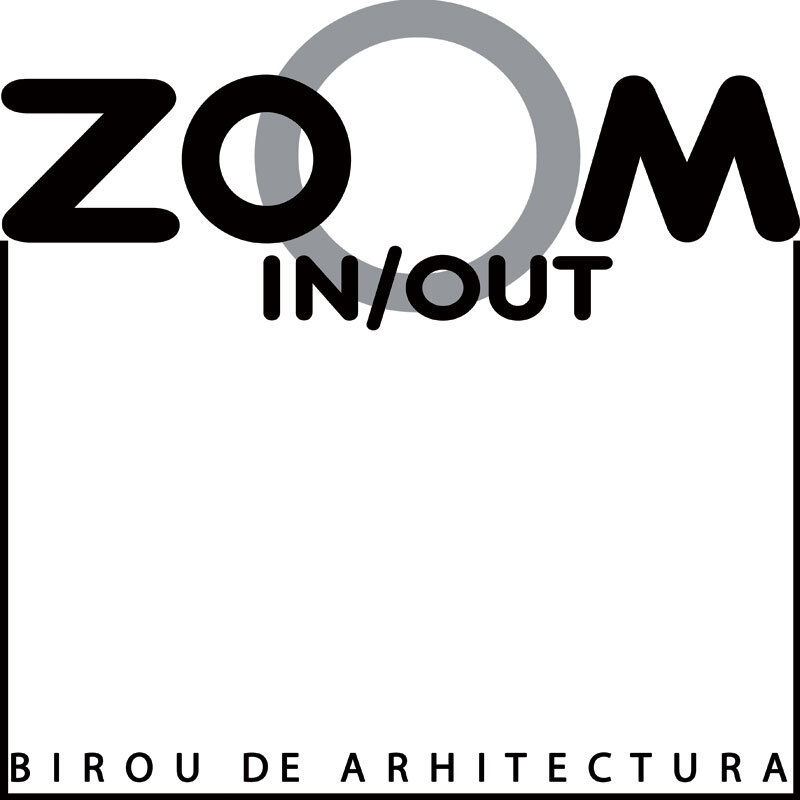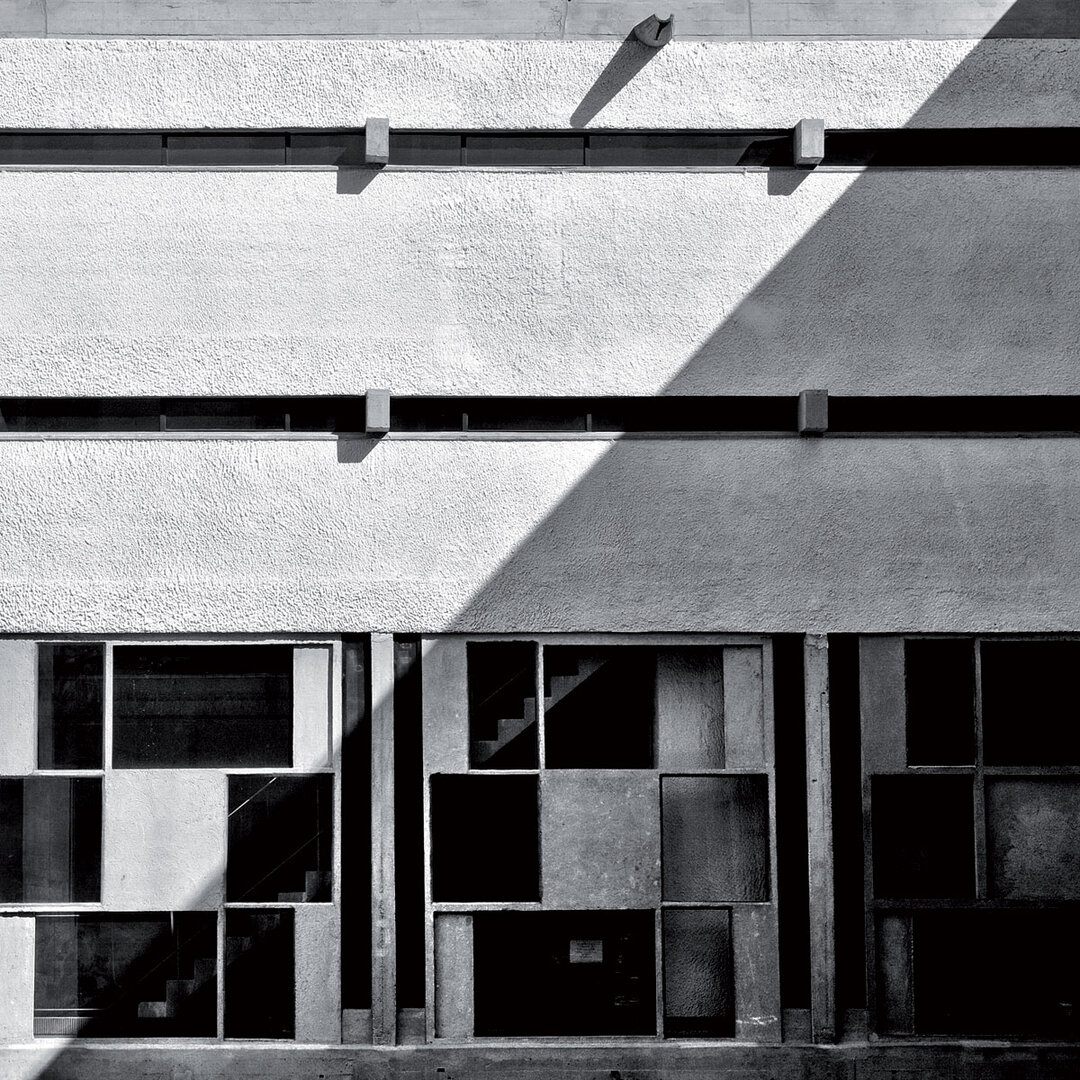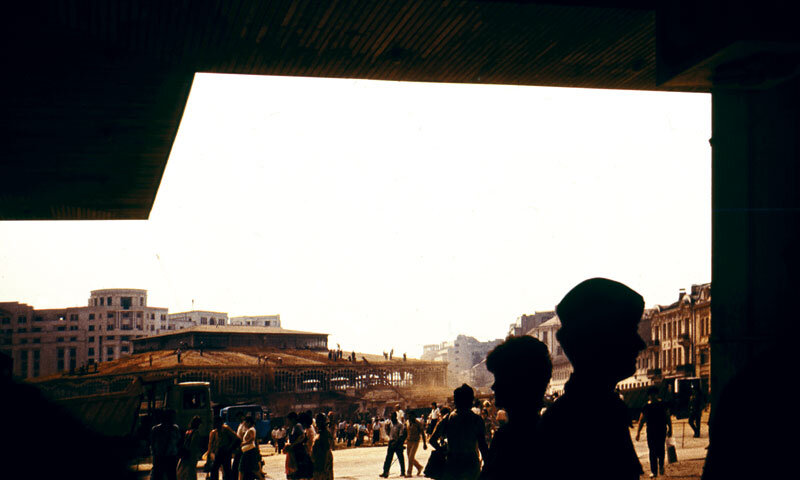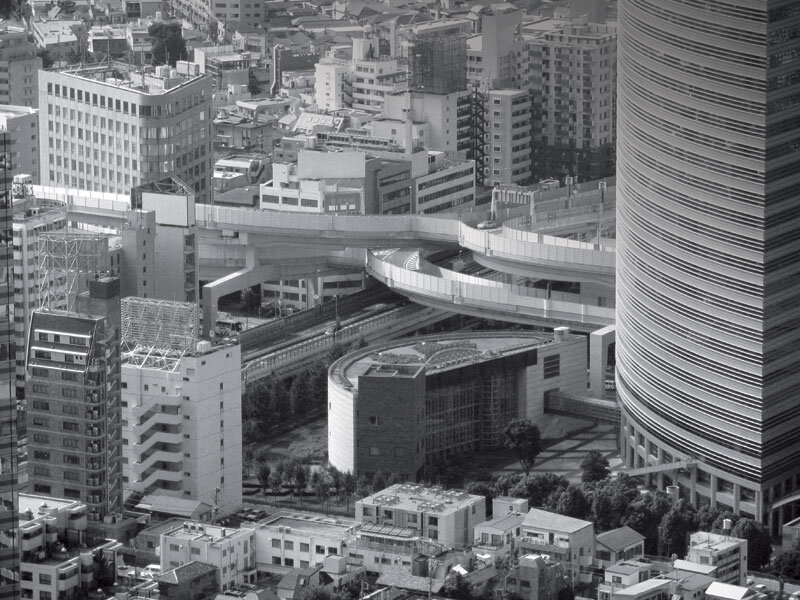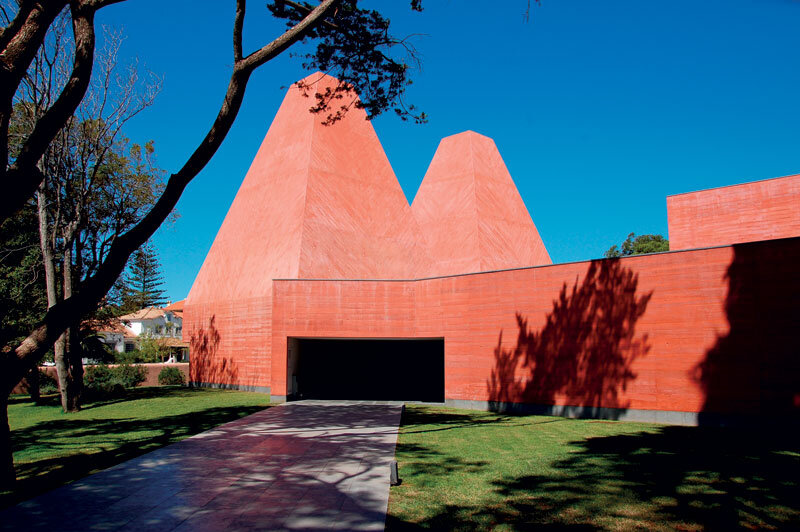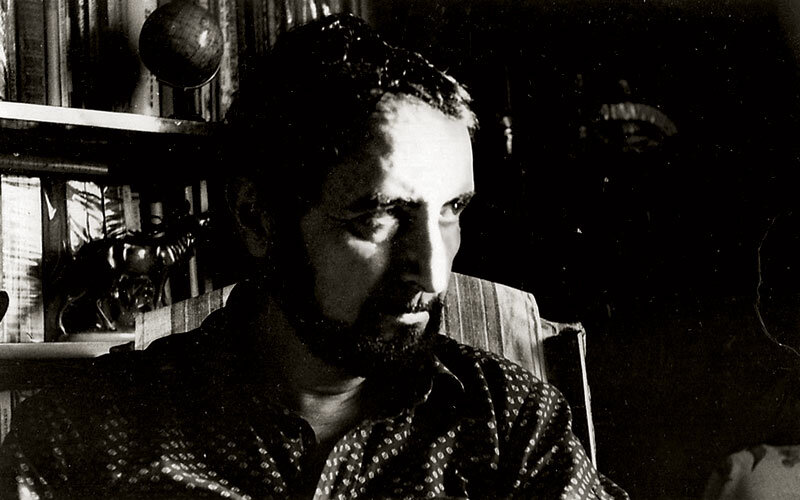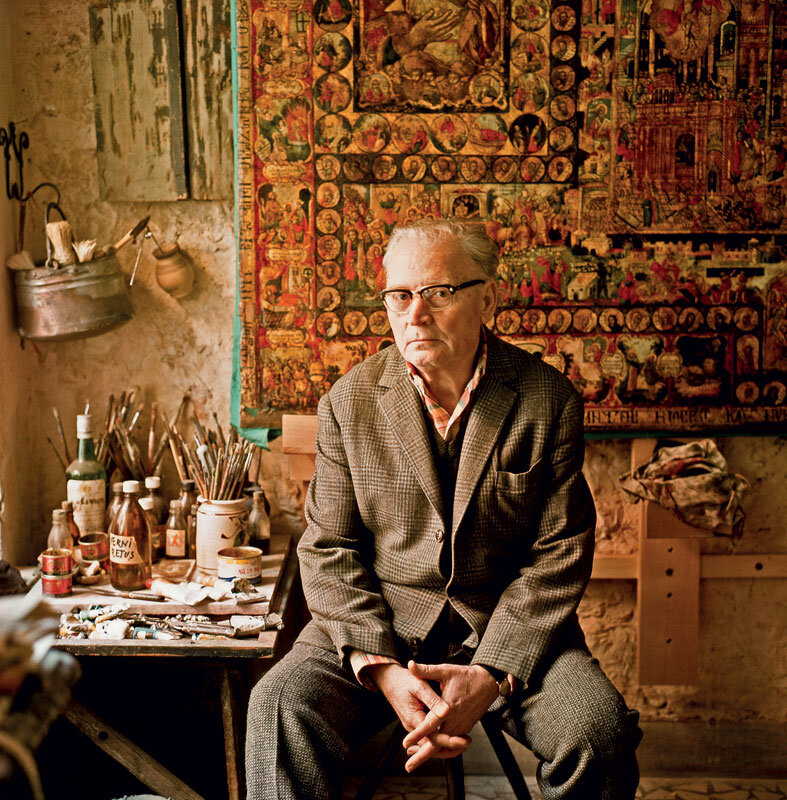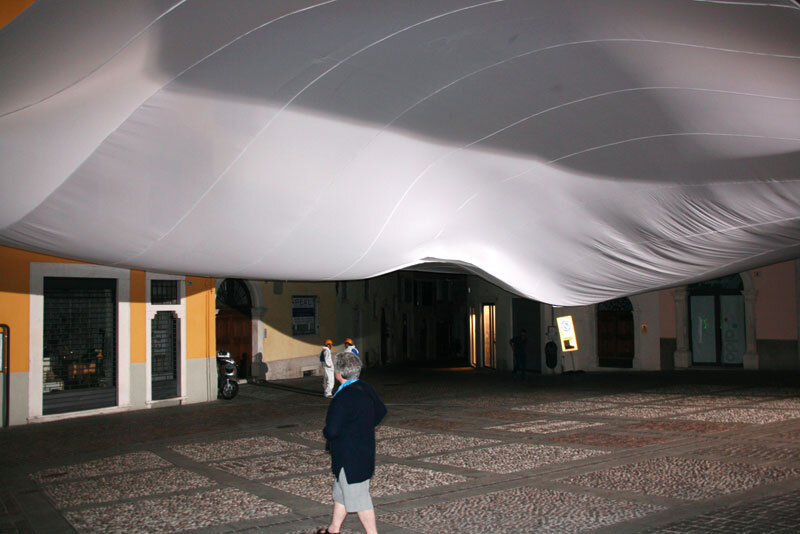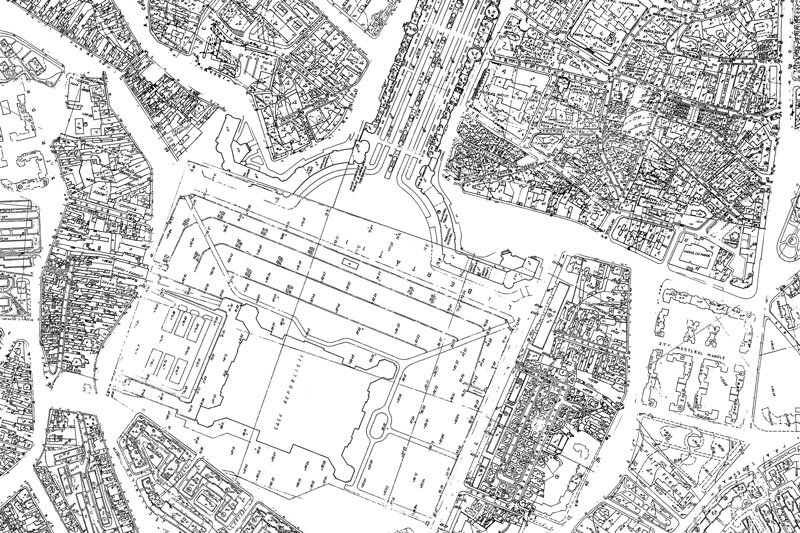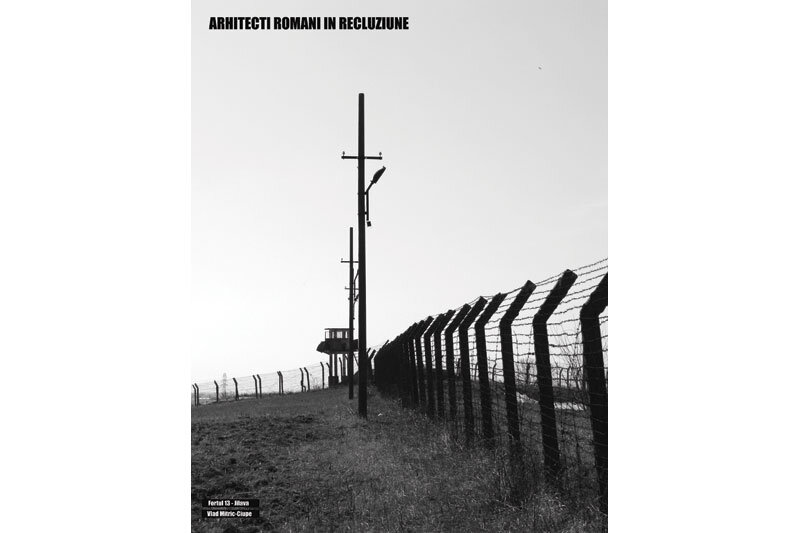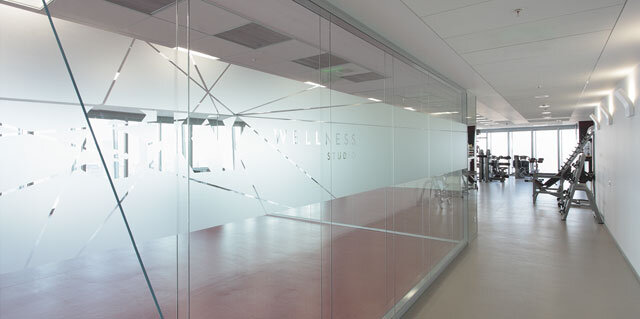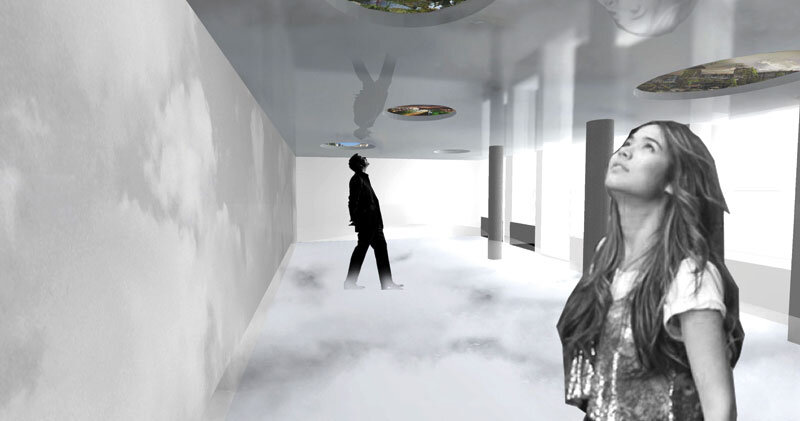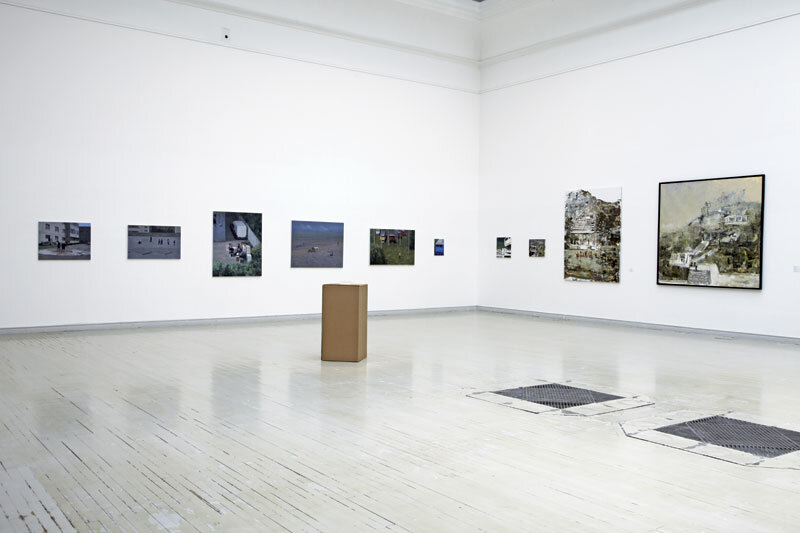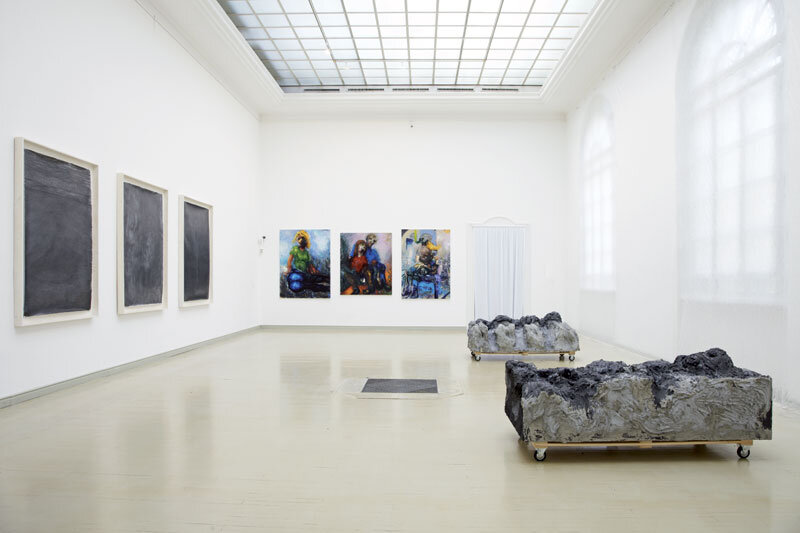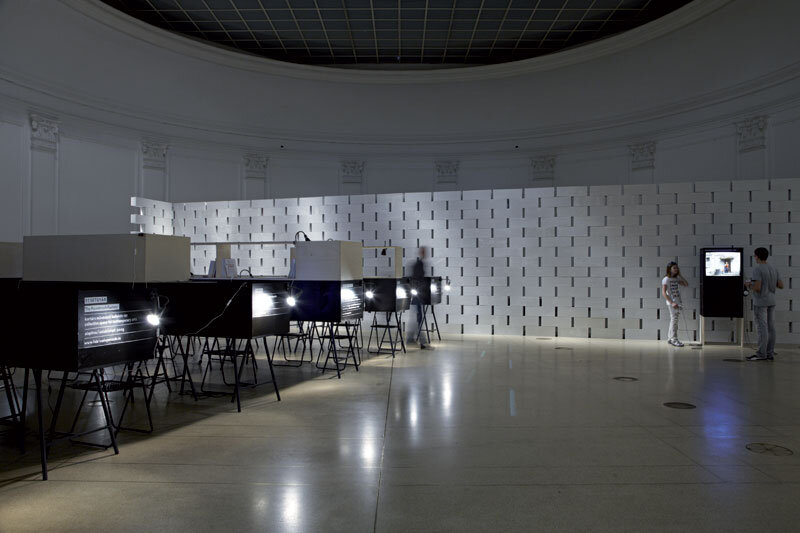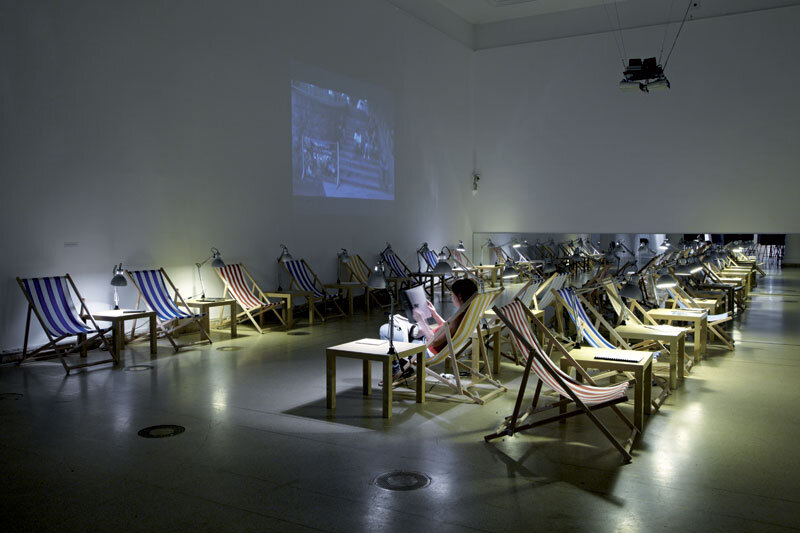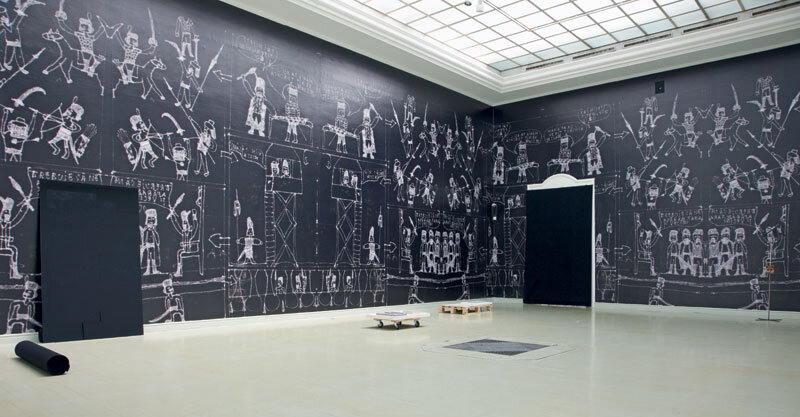
European Travellers. Art from Cluj Today
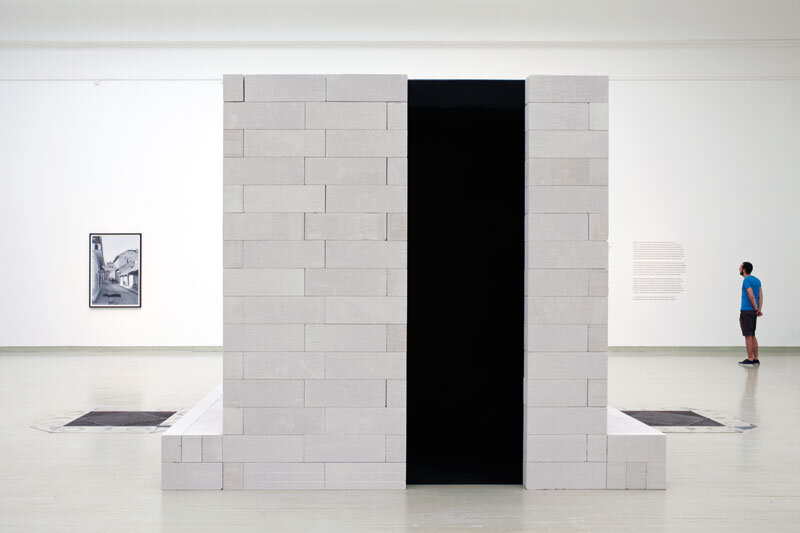
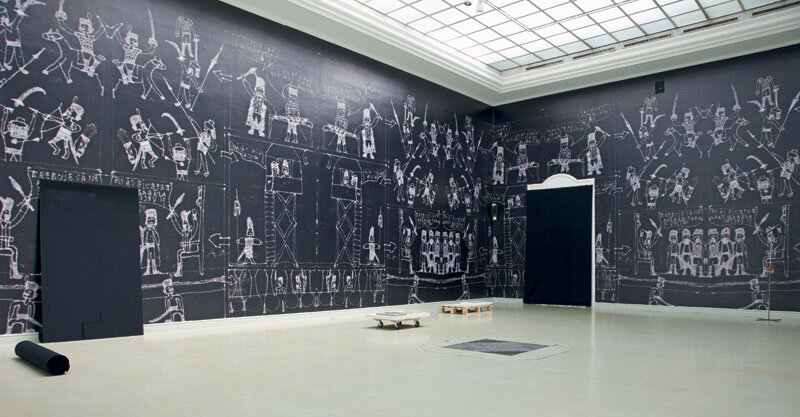
The Cluj art scene - about local civic spirit, community cohesion factors and cultural geography in an interview with Judit Angel*, curator of the exhibition
Alina Nechifor: What are the premises of the exhibition "European Travellers. Art from Cluj Today", presented at Műcsarnok & Kunsthalle, Budapest, from April 19 to July 8, 2012?
Judit Angel: The Műcsarnok & Kunsthalle in Buda-Pest has in recent years shown a particular interest in the renewal trends in painting - the solo exhibitions of Luc Tuymans and Michael Borremans being illuminating examples - as well as in the important achievements of artists from the former socialist space. Among the latter I would mention the organization of solo exhibitions of Dan Perjovschi, Lia Perjovschi and Mircea Cantor, group exhibitions with the participation of Romanian artists such as Mona Vătămanu and Florin Tudor or Matei Bejenaru. The current director of the institution, Gábor Gulyás, has initiated exhibitions on Romanian art (group exhibitions in Oradea, Cluj, Sorin Tara's solo exhibition) since the period when he was the director of MODEM in Debrecen. I myself started my curatorial work at the Art Museum in Arad, I remained in touch with art events in Romania also after my settlement in Budapest in 1998. The present interest in the art scene in Cluj reflects, therefore, some older preoccupations of the institution, the international success of the "Cluj phenomenon" playing primarily a catalytic role, not an indication in itself. One of the aims of the "European Travellers" exhibition is to present not only the artistic production in Cluj, but also the institutions/individual initiatives behind it. The exhibition was preceded by a year and a half of research work, visits to Cluj, discussions with the artists, art institutions and collectors concerned. A positive role was played by the long-standing relationship with Attila Kim, the exhibition's architect, who has been active in Cluj for a relatively long time and is a connoisseur of the local art scene.
A.N.:What is the story of the "School of Cluj" and of the international success of names such as Adrian Ghenie, Victor Man, Șerban Savu, Ciprian Mureșan, Cristi Pogăcean and the recent winner of the Marcel Duchamp Prize, Mircea Cantor?
J.A.: The "story" is theirs, and I believe that only they - or at least those who, in one way or another, have become protagonists in this story - are really in a position to tell it.
A researcher, however enthusiastic, is an outsider. Incidentally, the exhibition catalog, currently in preparation, contains interviews with agents of the Cluj art scene and, surprisingly (or maybe not!?), their narratives are quite different.
So there are even more stories... But let's not leave the readers without references: a text not to be missed in the bibliography is the interview with Mihai Pop (Plan B Cluj / Berlin Gallery), conducted by Adriana Oprea, recently published in the Bucharest-based Arta magazine, and I think Jane Neal's study "Cluj International", which will appear in the exhibition catalog, describes quite accurately the international evolution of artists connected with Cluj. As for my view from a "distance", I would mention a few moments, which - through the concurrence of circumstances - I perceived less indirectly: the departure of Mircea Cantor to Nantes, then to Paris, in the early 2000s, the international career of Version magazine, the journey of Idea art + society magazine from Balkon Cluj to documenta 12, the journey of Plan B Gallery, from our meeting at the Vienna Art Fair to Basel today, and finally the Paintbrush Factory, from where one not only leaves, but more importantly, comes from abroad... To sum up, I think it's about talent, age cohesion, a bit of luck and extremely hard work.
A.N.: The exhibition documents the evolution of the artistic scene in Cluj, a scene supported by numerous private initiatives and, above all, an important factor of community cohesion. In what terms can we define, in this case, the relationship between artists - institutions - collectors?
J.A.: You are right, community cohesion is an important aspect of the art scene in Cluj. The Paintbrush Factory, which opened to the public in the fall of 2009, is the result of a long process, even if it was set up spontaneously. It is, I think, the coagulation of a community mentality to which a number of factors have contributed: the age community of most of the protagonists, similar institutional status and practices (self-organization, self-representation, self-financing), common interests. It seems important to me that a local civic spirit is taking shape, manifest in the work of the Tranzit House, the magazine Idea art + society, MindBomb and, of course, the various private initiatives based in the Factory. The institutions have their own "aura": it's not just the gallery's artists, for example, but a kind of network of concerns, which includes relations with artists, institutions, curators, collectors. Galleries know that it is not enough to promote only their own artists, the context of which they are part must also be made visible. Idea magazine covers an international spectrum, recontextualizes local artists/events. The collective openings at the Paintbrush Factory attract many people, not only from Cluj, but also from the country, even from abroad. The Factory has become a place of pilgrimage, it is on the list of curators, gallerists and collectors from abroad who are interested in what is happening in Romanian art today. About a third of the works on show come from private collections in Cluj, Bucharest, Germany, Switzerland, Italy, France, Italy, Belgium and the Netherlands. They include purely aesthetic hobby collectors but also many investors. Many artists from Cluj have galleries abroad that represent them, and local galleries (currently Plan B and Sabot) participate in international art fairs. Although there are a few Romanian collectors - such as Răzvan Bănescu or Mircea Pinte - who take a special interest in Cluj art, their market is Western Europe and the United States. I think an important thing is that if he has one or more serious galleries, the artist can afford to stay "at home" and deal only with art.
A.N.: In the context of this exhibition, but also in general, how do you see the role of the curator, the artist-curator relationship? Are you closer to the point of view of Claire Bishop who argues, in an article published in IDEA1 magazine, that - although there is a region of overlap between curatorial and artistic auctoriality - it is foolhardy to merge them, or rather to that of Boris Groys who emphasizes that, since Duchamp, the role of the curator and that of the artist are one and the same, because the readymade has put the creation and selection on an equal footing?
J.A.: I think they are both right in their own way, I think my position is somewhere in between. My point of view is a functional one: the exhibition has to respond to certain criteria linked to the authorial intention, the place of presentation and the categories of public targeted. This exhibition thematizes a chapter of cultural geography, it is the result of research work and assumes a quasi-sociological vision, which is why the curator's position is also more distanced. Another situation is when the curator has a vague feeling, an idea or certain preferences which, when brought to the surface, can result in something either more subjective (a curatorial essay) or in a conceptual work (for example, an exhibition based on rules of the game set by the curator, possibly in collaboration with the artists). So I think it's good if a curator can apply more than one method, and in that sense the exhibition is more of a medium. But for me, the body of the exhibition is just as important: the body in which the visitor moves or the set of propositions through which the artworks are mediated (the latter refers to the fact that nowadays the actual "space" is only one of the possible forms of the exhibition, in addition to which the discursive or editorial format, for example, is often used). In this respect, I continue to believe in what I said earlier, in an interview in Idea magazine: the exhibition must be a living organism, that is to say a totality that the receiver can "inhabit".
As such, I believe that the exhibition is creation. The difference between curator and artist resides, first and foremost, in the roles and responsibilities assumed by them, respectively distributed by the social-cultural context in which they operate.
* Judit Angel is a curator and art historian based in Budapest. Between 1990-1998, she worked at the Arad Art Museum. In 1999 she was curator of the Romanian Pavilion at the Venice Biennale. Since 1998 she has been working at Műcsarnok & Kunsthalle Budapest. She holds a PhD in Art History (ELTE Budapest, 2010) and in 2010 she received the Hungarian AICA Award for curatorial activity.
1. Claire Bishop, "What is a curator?", IDEA art + society, no.26, 2007, p. 145

